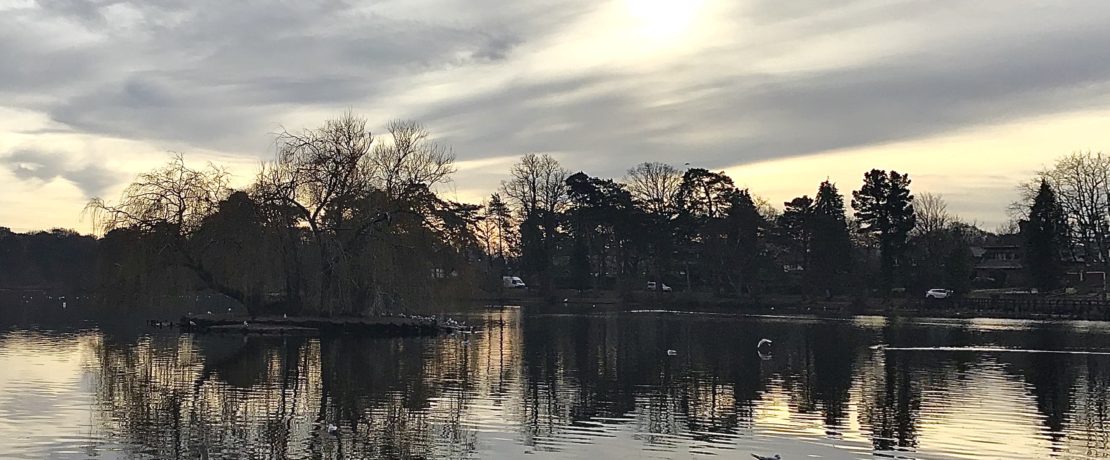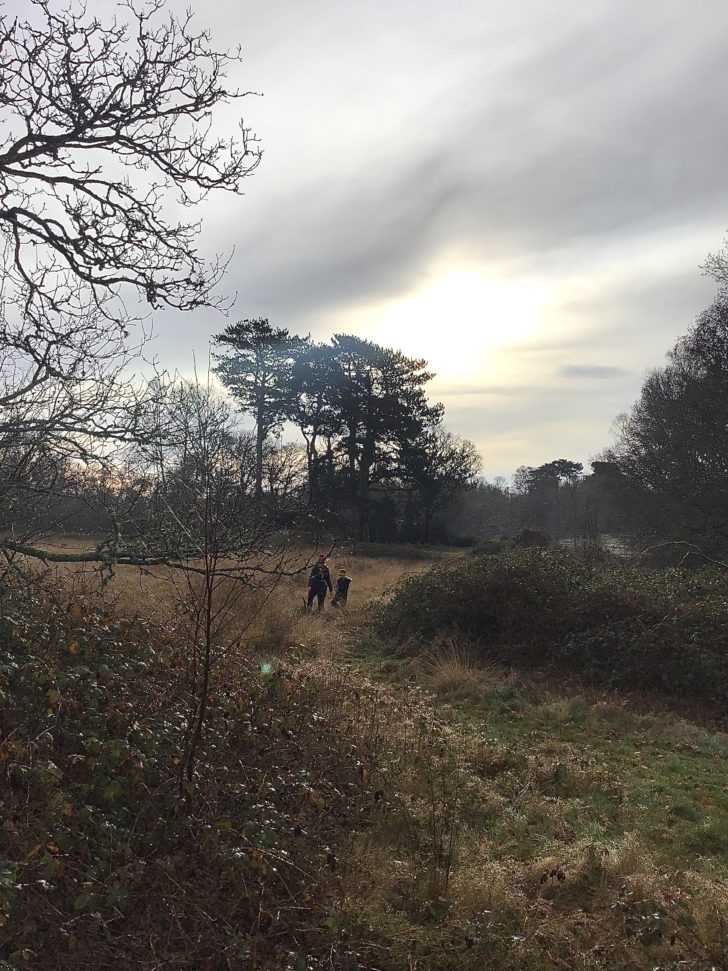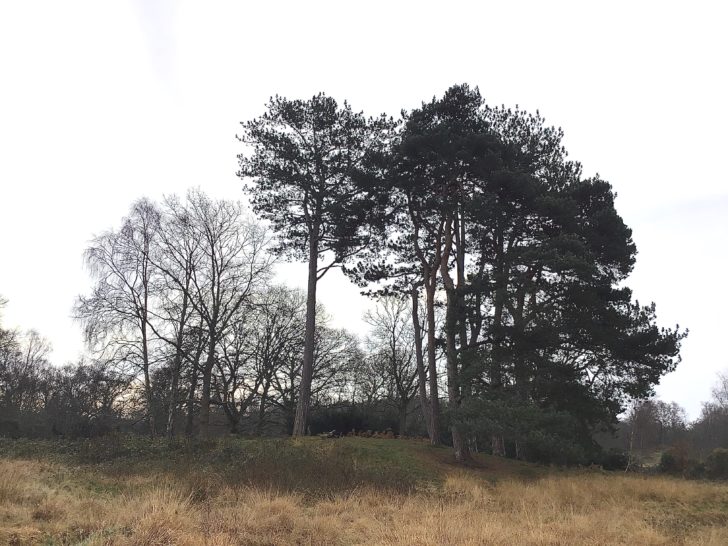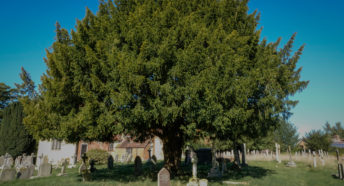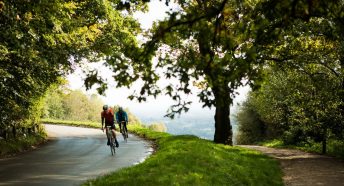Petersfield Heath
The jewel in Petersfield’s crown
Bronze Age people buried their dead in its heathland. Many centuries later, cattle grazed and livestock fairs were held there. Today it is used for recreation, to escape from the pressures of modern life. Petersfield Heath has certainly had a long and varied history.
Situated on the outskirts of Petersfield town in East Hampshire, the Heath contains a mixture of natural and manmade features. The latter date as far back as the Early Bronze Age, 2200-1500BC, when burial barrows were built on the Heath.
Some barrows were lost to erosion, scrub growth and development. Of the 21 that survive, there are examples of bowl, disc, saucer and bell-shaped barrows. This makes it one of the most impressive Bronze Age cemeteries remaining in south-east England.
The barrows were originally mapped by local archaeologist Stuart Piggott in the 1930s and excavation of the barrows finally took place in 2014, when the ‘People of the Heath’ project began. Hosted by the Petersfield Museum, the aim was to understand and conserve the Heath’s barrows. Lasting for four years, the project involved local people working under the direction of professional archaeologists. No human remains were found, as the Heath’s acidic soil would have dissolved them. However, some items were retrieved from the barrows. Among them was a Bronze Age burial urn, which is exhibited in Petersfield Museum.
Petersfield Heath now covers an area of 69 acres of heathland, grassland and woodland. Designated as a ‘Site of Nature Conservation Interest’, it also includes a lake of 22 acres in extent.
It was originally common land where the townspeople grazed their cattle. However, its marshy nature meant that some of the livestock drowned. The area was dredged in 1750 and the Heath Lake was created.
The lake is now home to many birds. These include Egyptian goose, coot, mallard duck, little egret, mute swan, Canada goose, tufted duck and even black swan. A number of large carp are among the fish species in the lake. More work has been done recently at the lake. Grass seed has been planted, and the banks of the lake have been shored up to prevent erosion. A new walkway has been built, along with an artificial island for the wildfowl.
These improvements, along with careful management of Petersfield Heath itself, will ensure the preservation of this lovely place for many years to come.
To get there, you can walk from the town centre and there is parking nearby. Refreshments are available at the Plump Duck kiosk by the lake. For more further information on the facilities visit www.petersfield-tc.gov.uk/the-heath/.
Further information on the Heath can be found at www.peopleoftheheath.com and www.petersfieldmuseum.co.uk.
